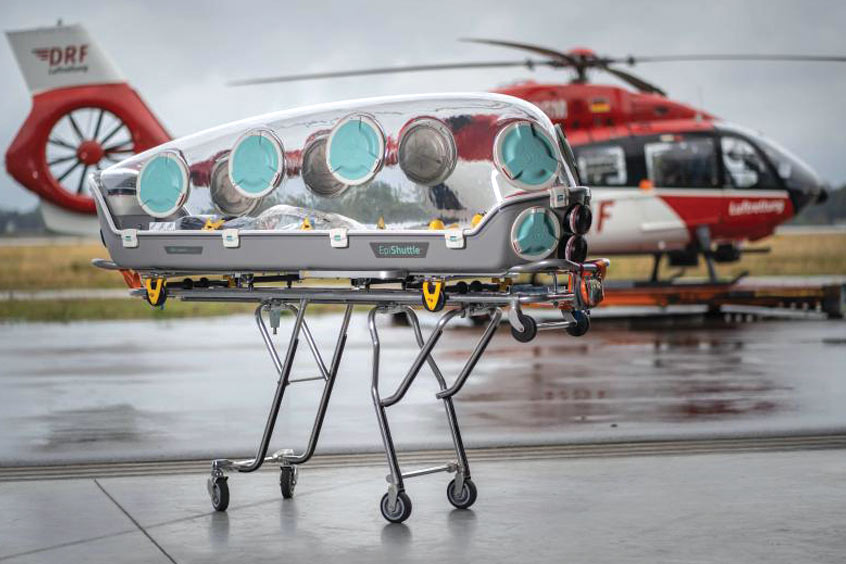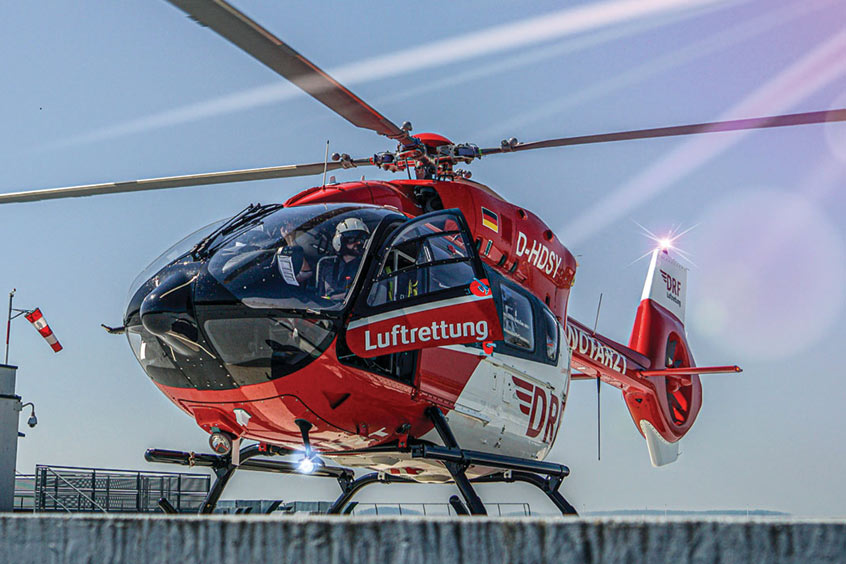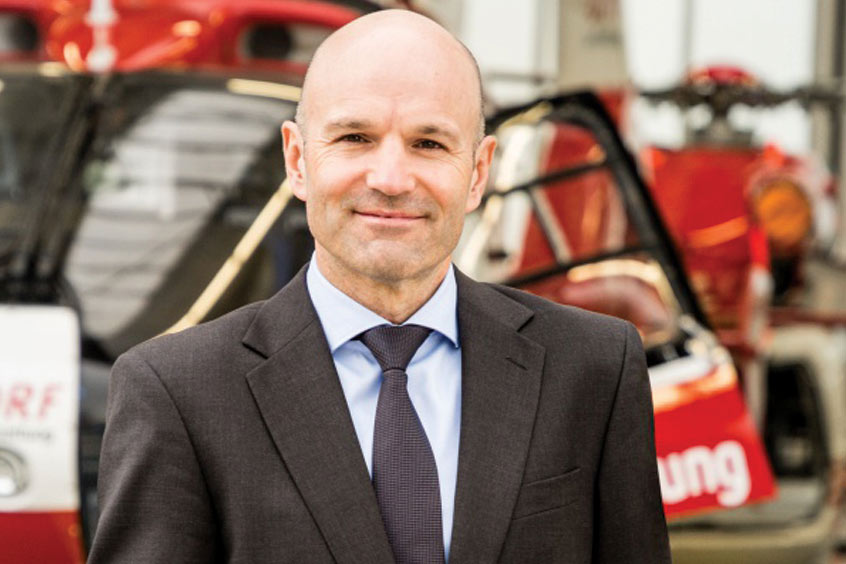Why visit ACE ’25?




DRF Group, the German air ambulance provider, says that it has flown a high number of missions despite the coronavirus pandemic, as it publishes its mission statistics for 2020. In spite of the considerable challenges posed by the virus, the air rescuers managed to remain fully operational, thanks to quickly implemented measures at its HEMS bases and maintenance hangar, and in its operations and administration. The group's helicopters and aircraft were alerted 39,971 times in total in 2020. DRF carried out a total of 40,738 missions in 2019.
The 35 HEMS bases of the DRF Group in Germany, Austria and Liechtenstein and the ambulance flight operations notched up a total of 39,971 missions, 98 per cent of the previous year's level. “We are proud of the fact that we were able to help people extensively, even in these very difficult conditions,” states Dr. Krystian Pracz, CEO. “Adjustments to the duty rosters at our HEMS bases and maintenance facilities, solutions for working from home in administration and a partial reorganisation of our supply chains helped us adapt very quickly to the new requirements at the beginning of the year.”
The next step was to consider how DRF Luftrettung could not only remain operational but also contribute to managing the coronavirus crisis as well as possible and stabilising the healthcare system. One result was the fast procurement of eleven isolation stretchers known as EpiShuttles, and their immediate deployment at its HEMS bases. These enable patients with highly infectious diseases to be transported as if in an isolation ward, which protects crew and patients alike. The air rescuers also save valuable time and can rapidly make the helicopters ready for action again, as the very time-consuming disinfection of helicopters after missions with infectious patients, including corona-infected persons, is no longer necessary. Furthermore, the non-profit organisation was able to commission Christoph 111 as an additional helicopter in a very short space of time. It is stationed at the Karlsruhe/Baden-Baden airport, mainly for intensive care transport, and relieves the pressure on the public health system. Christoph 111 was alerted 463 times in total last year. Just before Christmas, yet another rescue helicopter entered service at DRF's Bautzen HEMS base. Christoph 114, an EC135, will back up emergency response missions in order to free up the capacities of Christoph 62 for transferring COVID-19 patients.
When the French healthcare system reached its limits in the spring, DRF's red-and-white air rescuers took on the transport of French patients to Germany and back. “DRF Luftrettung is one of Europe's oldest and most experienced air rescue organisations,” Dr. Pracz points out. “As such, I clearly see it as our duty to assume responsibility for society as a whole and to help wherever necessary. We are naturally very pleased that this commitment is now being recognised with the recent award of the Adenauer-de Gaulle Prize, as this confirms our conviction that friendship always proves its value, particularly in difficult times, and that we must offer a helping hand, not just within but also across borders, in the coronavirus pandemic.”
As in previous years, the most common reasons for emergency air rescue alerts in 2020 were cardiovascular diseases, such as heart attacks or strokes, and accidents. However, there were also some differences, possibly due to the coronavirus. In April 2020, during the first lockdown, the air rescuers were only called out to about half as many car accidents as in April 2018 and 2019 on average, though they counted more bike accidents instead, where there was a 75 percent increase. A significant increase was also recorded in the use of rescue winches. The crews of the eight HEMS bases that have a winch carried out a total of 457 of these demanding missions. In 2019 404 missions were carried out.
The coronavirus will remain an important issue in 2021. However, Pracz looks to the future with confidence. “We mastered last year's challenges effectively and proved that we are well-positioned as an organisation and are capable of operating even in the most difficult conditions. Furthermore, the vaccinations that are now available will hopefully ease the situation, provided that we all continue to approach this challenge with the necessary discipline and consideration. What is certain is that we will continue to evolve and drive progress in air rescue in the future, also in challenging times.”
Another example of this is the introduction of the H145 with its five-blade rotor, which was launched with the first delivery at the end of 2020. DRF Luftrettung is investing in state-of-the-art technology for the benefit of its patients and is the first air rescue organisation in Germany to use the five-blade rotor. The advantages of the new technology include a higher load capacity in operation and a hingeless rotor head, which increases flight comfort and reduces maintenance requirements.